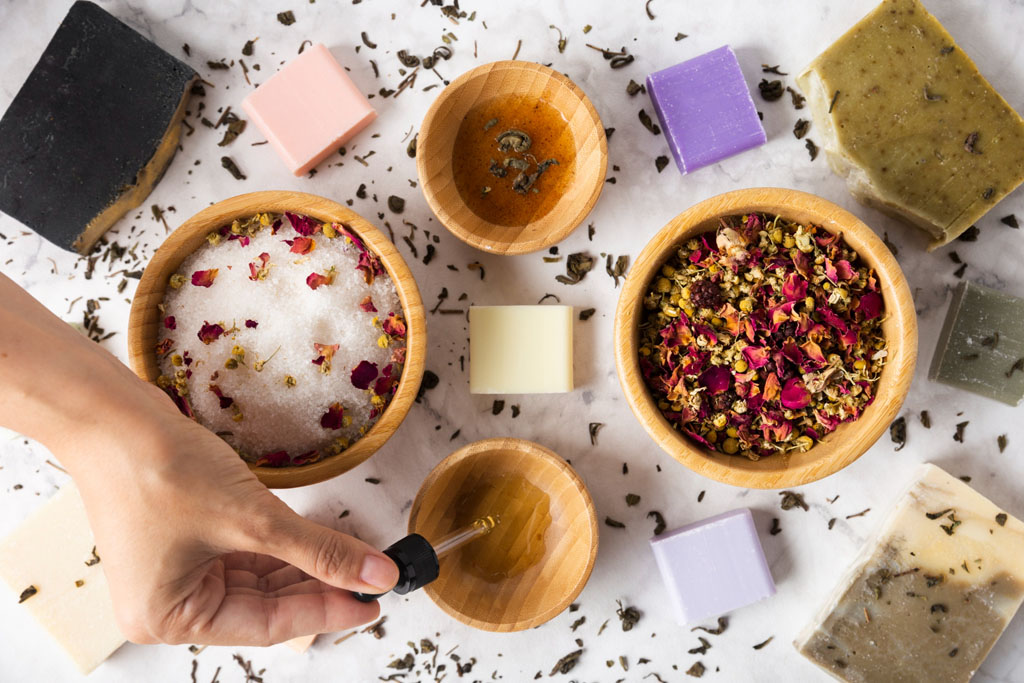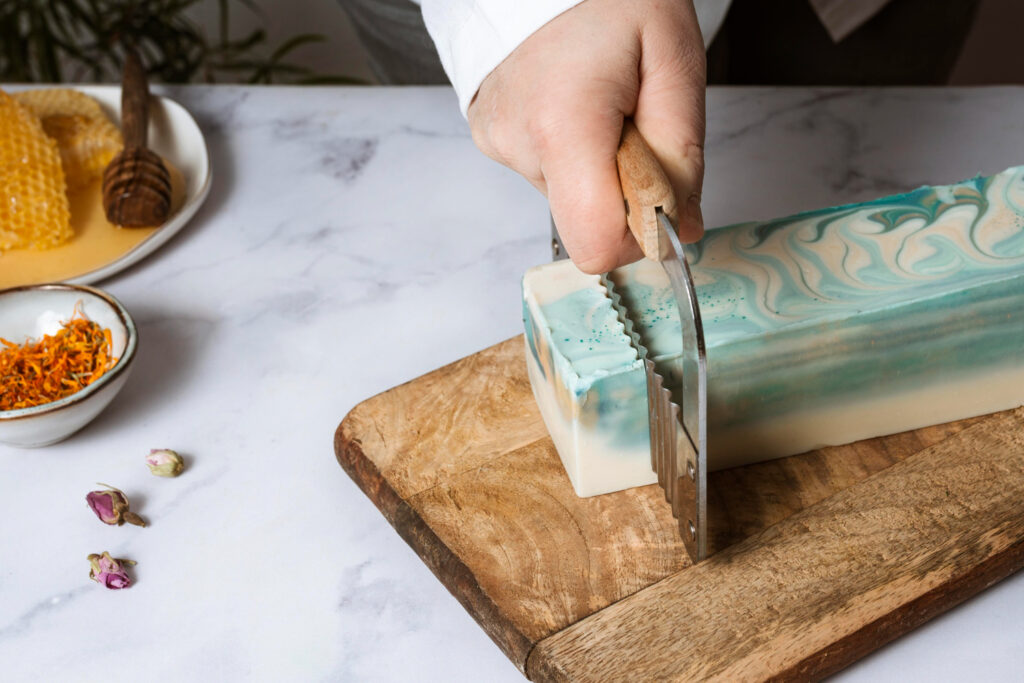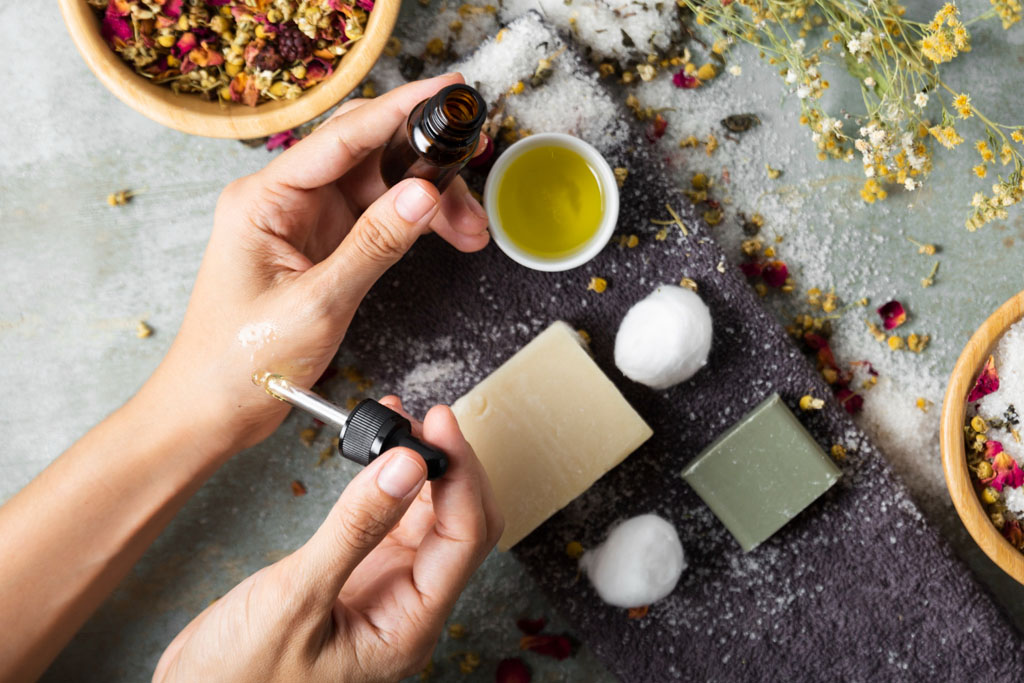In this step-by-step guide, we’ll show you how to make your own zero waste dish soap at home. With just a few simple ingredients, you can create an eco-friendly formula that not only gets your dishes squeaky clean but also helps to reduce your carbon footprint.
By making your dish soap, you’ll be eliminating the need for those plastic bottles that often end up in landfills or polluting our oceans. Plus, you’ll have the satisfaction of knowing exactly what goes into your cleaning products, avoiding any harsh chemicals or unnecessary additives.
Whether you’re a seasoned DIYer or a beginner just starting your zero waste journey, this guide is designed to help you create an effective and sustainable dish soap that’s gentle on both the environment and your hands.
So, let’s get started and learn how to make your own zero waste dish soap today!
Understanding the need for zero waste dish soap

What is zero waste dish soap?
Zero waste dish soap refers to dish soap that is made without the use of any plastic packaging. It is an eco-friendly alternative to traditional dish soaps that come in plastic bottles, as it helps to reduce waste and minimize environmental impact.
Why should I make my own zero waste dish soap?
By making your own zero waste dish soap, you have control over the ingredients used and can avoid harmful chemicals that are often found in commercial dish soaps. Additionally, it allows you to reduce your reliance on single-use plastic packaging, contributing to a more sustainable lifestyle.
Is making zero waste dish soap difficult?
Not at all! Making your own zero waste dish soap is a simple and rewarding process. With just a few basic ingredients and some easy-to-follow instructions, you’ll be able to create your eco-friendly dish soap in no time.
Ingredients needed for homemade zero waste dish soap
In today’s world, where environmental sustainability is becoming increasingly important, it’s crucial to find ways to reduce waste and minimize our impact on the planet. Traditional dish soaps often come in plastic bottles that are not recyclable in many areas, leading to significant waste generation.

By making your own zero waste dish soap, you can play your part in reducing plastic waste and contributing to a more sustainable future. Additionally, commercial dish soaps often contain harmful chemicals that are not only bad for the environment but can also be harsh on your skin and health. By making your own dish soap, you have control over the ingredients used, ensuring a gentle and safe formula for both you and the environment.
Step-by-step guide to making your dish soap
Before you get started, gather the following ingredients for your homemade zero waste dish soap:
Castile soap: Castile soap is a natural, vegetable-based soap that is gentle on the skin and effective at cutting through grease. Look for a fragrance-free version to avoid unnecessary additives.
Distilled water: Distilled water is recommended to prevent any impurities or contaminants from affecting the quality of your dish soap.
Essential oils: Essential oils can be added for fragrance and additional cleaning properties. Opt for citrus oils like lemon or orange for a fresh scent and extra degreasing power.
Baking soda: Baking soda is a natural cleaning agent that helps to remove tough stains and odors from your dishes.
A glass jar or bottle: Choose a glass container with a tight-fitting lid to store your homemade dish soap. This will help to keep it fresh and prevent any leaks.
How to make a homemade dish soap
1. Measure out 1 cup of distilled water and pour it into your glass jar or bottle.
2. Add 2 tablespoons of castile soap to the water. You can adjust the amount based on your preference for more or less suds.
3. Next, add 1 teaspoon of baking soda to the mixture. This will help to enhance the cleaning power of your dish soap.
4. If desired, add a few drops of your chosen essential oil to the mixture. This will give your dish soap a pleasant scent and provide additional cleaning properties.
5. Screw the lid onto the jar or bottle and shake gently to mix all the ingredients.
6. Your homemade dish soap is now ready to use! Simply pour a small amount onto your sponge or dishcloth and wash your dishes as usual.
Conclusion: Embracing your off-grid living with homemade dish soap
To maximize the shelf life and effectiveness of your homemade dish soap, keep the following tips in mind:
1. Store your dish soap in a cool, dry place away from direct sunlight. This will help to prevent any degradation of the ingredients.
2. Shake the bottle before each use to ensure that the ingredients are well-mixed.
3. Use only a small amount of dish soap for each dishwashing session. A little goes a long way, and using too much can lead to excessive suds and wastage.
4. If you find that your dish soap is too thick, you can add a small amount of distilled water to thin it out. Similarly, if it’s too watery, you can add a bit more castile soap to thicken it.
5. Experiment with different essential oil combinations to find your favorite scent. Remember to choose oils that are safe for use on dishes and won’t leave any residue.




